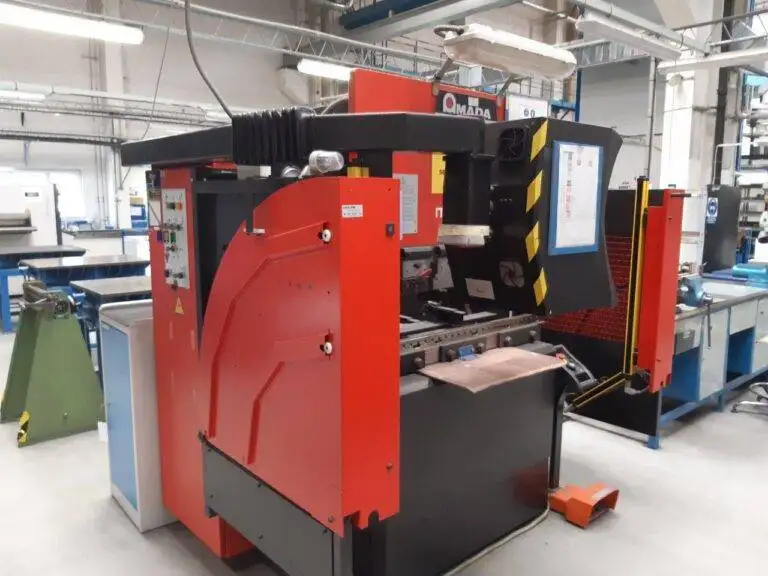3D Printing: Revolutionizing the Manufacturing Industry
In recent years, 3D printing has been making significant strides in the manufacturing industry. From creating prototypes to producing end-use parts, this technology has revolutionized the way products are made. In this article, we will delve into the world of 3D printing and explore its various applications, advantages, and limitations.
What is 3D Printing?
3D printing, also known as additive manufacturing, is a process of building three-dimensional objects layer by layer from a digital file. The printer reads a design created using Computer-Aided Design (CAD) software and then builds the object by depositing successive layers of material until the final product is complete. Unlike traditional manufacturing methods, 3D printing does not require molds, dies, or cutting tools. It offers greater design flexibility, faster production times, and reduced waste.
Applications of 3D Printing
Prototyping
3D printing is widely used in the prototyping phase of product development. It allows designers to quickly iterate and test their designs without the need for expensive tooling. 3D printing also enables the creation of complex geometries that cannot be manufactured using traditional methods.
Product Development
3D printing has also found its way into the production of end-use parts. It offers a cost-effective and efficient way to produce low-volume, customized products. For example, in the medical industry, 3D printing is used to create patient-specific implants and prosthetics.
Education
3D printing has become a valuable tool in education. It allows students to create physical models of their designs, enhancing their understanding of the subject matter. 3D printing also helps to bridge the gap between the digital and physical worlds, allowing students to see the tangible results of their work.
Advantages of 3D Printing
Design Flexibility
3D printing offers greater design flexibility than traditional manufacturing methods. It allows designers to create complex geometries that cannot be manufactured using molds or dies. This allows for the creation of unique and customized products that would not be possible otherwise.
Faster Production Times
3D printing offers faster production times than traditional manufacturing methods. It eliminates the need for tooling, which can take weeks or even months to create. This allows for quicker turnaround times and reduces lead times.
Reduced Waste
3D printing produces less waste than traditional manufacturing methods. It only uses the amount of material needed to create the object, reducing the amount of waste generated. This makes 3D printing a more sustainable manufacturing method.
Limitations of 3D Printing
Material Limitations
Currently, 3D printing is limited to a range of materials such as plastics, metals, and ceramics. It cannot produce objects made from materials such as wood or glass, which require different manufacturing processes.
Size Limitations
The size of objects that can be produced using 3D printing is limited by the size of the printer. Large objects cannot be produced using desktop 3D printers, and industrial printers capable of producing larger objects are expensive.
Quality Limitations
The quality of objects produced using 3D printing can vary depending on the printer and the material used. Some objects may have visible layer lines or other imperfections. However, advancements in technology have led to improvements in the quality of 3D printed objects.
Conclusion
In conclusion, 3D printing has revolutionized the manufacturing industry. It offers greater design flexibility, faster production times, and reduced waste. From prototyping to the production of end-use parts, 3D printing has a wide range of applications. However, it is not without its limitations. Material, size, and quality limitations must be taken into account when considering 3D printing as a manufacturing method.






